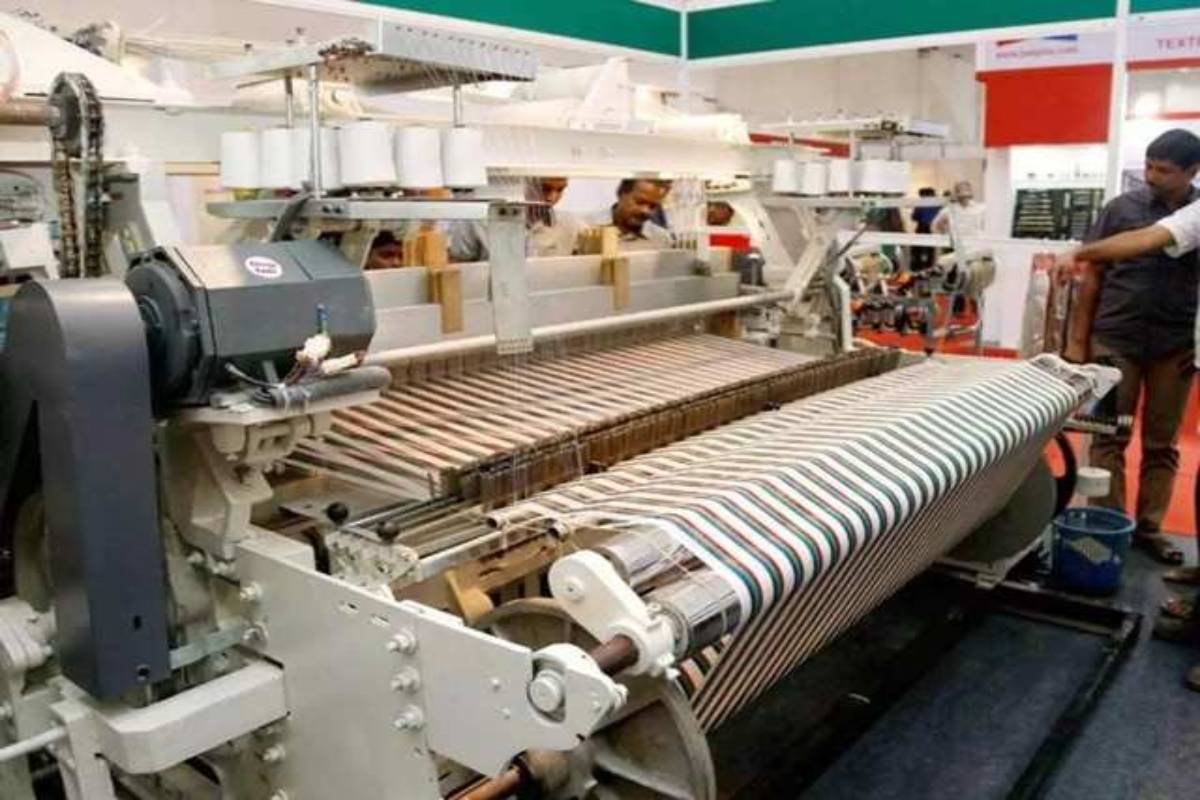The import of fundamental raw materials used to manufacture garments in Bangladesh increased in the first six months of 2022 due to increased demand in export markets, contributing to the country’s dollar issue. Imports of yarn, cotton, knitted and woven fabrics skyrocketed, with the aggregate value in the January-June period this year nearly equaling that of the full year 2021.
It happened as global merchants and brands poured orders into Bangladesh after receiving an uninterrupted supply of goods even during the height of the coronavirus pandemic, which brought the global supply chain to a halt. Textile millers and garment exporters purchased increased raw materials as a result of a healthier outlook.
Knitters spent $1.29 billion on fabrics from international suppliers in the first half of 2022, more than three-fifths of the $2 billion they spent last year. Another $2.21 billion in woven fabrics was imported in the first half of this year, accounting for over 70% of the item purchased in 2021.In January-June 2022, Millers imported raw cotton worth $2.26 billion. In the previous fiscal year, it was $3.8 billion. Currently, local spinners can supply about 90% of the raw materials required by the export-oriented knitwear sector and 40% of the raw materials required by the woven sector. According to Mohammad Hatem, executive president of the Bangladesh Knitwear Manufacturers and Exporters Association, the import value of raw materials increased from January to June.The energy situation forced many garment manufacturers to import fabrics and even knitted fabrics from China to meet the increased demand. Mohammad Ali Khokon, president of the BTMA, said cotton imports rose sharply in January-June because of the congestion that hit international ports last year as global economies recovered from the pandemic.
The cotton that was supposed to arrive at the Chattogram port in December last year came in January or February because of the delay caused by container shortage globally, he said. “As a result, cotton import in terms of both value and volume increased in the January-June half.” “The increased price and higher volumes drove up raw materials imports,” said Mustafizur Rahman, a distinguished fellow of the Centre for Policy Dialogue.Cotton price escalated to $3.48 per kilogram in the April-June quarter this year, up 71.48 per cent from $2.03 in the identical period a year ago, commodities price data of the World Bank showed. Various studies suggest an investigation can be conducted to see whether money is being siphoned off through under-invoicing and over-invoicing during exports and imports, said Prof Rahman.
Because of the blistering imports, which include industrial raw materials, capital machinery, fuel and edible oil, and wheat, Bangladesh’s foreign currency reserves have slipped below $40 billion, sending the taka to a new low against the US dollar amid a shortage of the American greenback.M A Razzaque, research director of the Policy Research Institute, accredited higher global inflation, the increase in raw materials prices and stockpiling of goods fearing supply disruption for the surge in the import value.
However, the gloomy outlook on Europe and the US means the export boom may not continue in the current fiscal year, he said. Garment shipment clocked 35.47 per cent year-on-year growth in the last fiscal year that ended in June, netting $42.61 billion. Of the sum, $23.21 billion came from knitwear shipment, up 37 per cent and $19.39 billion from woven item exports, an increase of 34 per cent, data from the Export Promotion Bureau showed.Although Bangladesh has attracted higher volumes of orders in recent months, it has not lived up to its expectation because of the war. Still, the country will be able to reach its garment export target of nearly $47 billion set for the current fiscal year, according to Hatem.

